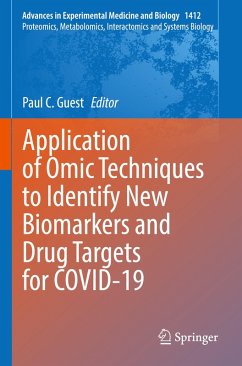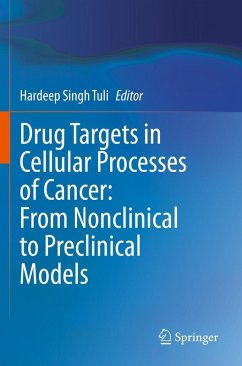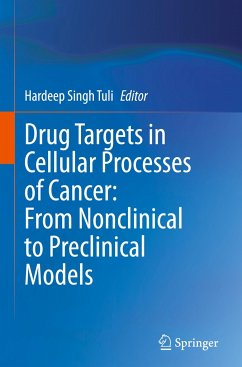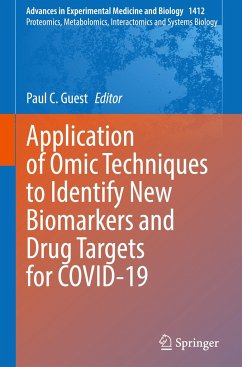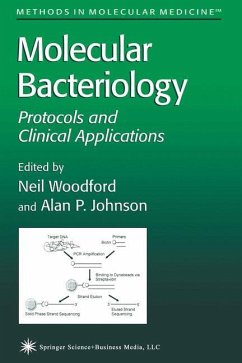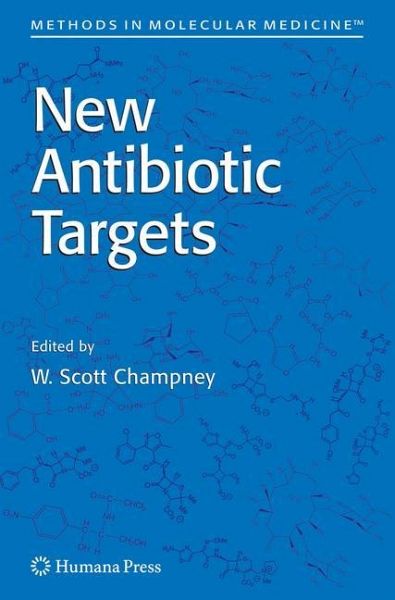
New Antibiotic Targets
Versandkostenfrei!
Versandfertig in 6-10 Tagen
76,99 €
inkl. MwSt.

PAYBACK Punkte
38 °P sammeln!
A crisis is developing in the treatment of infectious diseases, with microorganisms frequently showing resistance to currently prescribed antibiotics. Fewer and fewer antimicrobial agents are now available to treat these infections. In "New Antibiotic Targets," W. Scott Champney examines specific techniques which can be used to explore new drug targets and the effectiveness of new antibiotics. By testing new antimicrobial agents and modified existing drugs, the most vulnerable cell processes, such as cell wall and membrane synthesis, DNA replication, RNA transcription and protein synthesis, ca...
A crisis is developing in the treatment of infectious diseases, with microorganisms frequently showing resistance to currently prescribed antibiotics. Fewer and fewer antimicrobial agents are now available to treat these infections. In "New Antibiotic Targets," W. Scott Champney examines specific techniques which can be used to explore new drug targets and the effectiveness of new antibiotics. By testing new antimicrobial agents and modified existing drugs, the most vulnerable cell processes, such as cell wall and membrane synthesis, DNA replication, RNA transcription and protein synthesis, can be better exploited. This in-depth volume, however, delves even deeper by identifying additional novel cellular targets for these new therapies.
"New Antibiotic Targets" provides laboratory investigators with the vital tools they need to test the antimicrobial potential of products and to curb the rise of so many infectious diseases.
"New Antibiotic Targets" provides laboratory investigators with the vital tools they need to test the antimicrobial potential of products and to curb the rise of so many infectious diseases.








